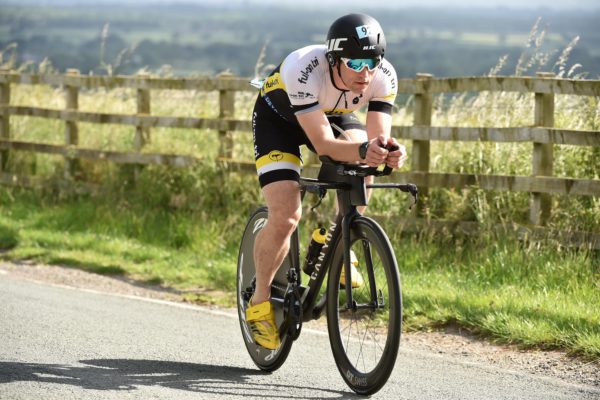MEASURE YOUR PROGRESS
We run regular benchmarking sessions every 6-8 weeks during club training sessions that will give you a snapshot of your current fitness. Besides being great sessions in their own right, the results will help you measure your progress so that you can adapt your training over the next training block. Regular testing will help you to gauge the effectiveness of that training.
Critical Swim Speed (CSS)
What is it?
Your Critical Swim Speed is the pace at which you’d currently swim a 1500m time trial.
How do I take the test?
To test your current CSS pace, you need to swim a 400m and 200m time trial in the same swim session. However, it’s important to note that you will need at least 10 minutes recovery between the two time trials.
Once done, enter the times for each into the CSS calculator. The result – your CSS will be given as a time over 100m e.g. 01:38 /100m.
What are the benefits?
Including intervals at CSS pace in your swim training can help develop your aerobic capacity, increase your sustainable speed, and improve your pace judgement. It is an endurance race-specific training pace. It may not make you the fastest 50 or 100 swimmer, but it will train you to sustain a moderately high speed for longer distances.
We also organise our swim lanes at Ful-on Tri by CSS pace, so it will give you the best indicator as to which lane you should be swimming in for your best training. Though not mandatory to swim in the lane assigned by your CSS pace, it does make a better training experience for yourself and your fellow athletes if you do.
Useful links:
FOT CSS Record

Functional Threshold Power (FTP)
What is it?
Your Functional Threshold Power is the highest average power you can sustain for an hour, in Watts.
How do I take the test?
To measure your FTP, you will need a bike with a power meter, a Watt Bike, or a smart trainer with an integrated power meter. Training platforms like Zwift also have an FTP test workout option you can load up. After a good warm-up with one or two hard efforts, conduct a 20-minute time trial, riding as hard as is possible to sustain over the full 20 minutes. Your FTP is calculated as 95% of your average power for your 20-minute test.
What are the benefits?
FTP is one of the most common training metrics, used to benchmark improvements in fitness, power output, and to determine training zones. Performing your cycle training at, near, or even just over your FTP can lead to significant fitness gains, improvements to your speed and endurance, and help you maximise the value of your training.
On training platforms like Zwift, your FTP setting determines the power requirements for intervals in structured workouts. If your FTP is set too low you won’t get an adequate workout, and if it’s set too high you won’t be able to hit your power targets.
Cooper Test
What is it?
The Cooper Test is a twelve-minute run to measure your aerobic fitness. We often complete this test at a running track or as part of a 5km Parkrun.
How do I take the test?
To conduct the test, complete a good warm-up, then run for 12 minutes at a sustainable, but maximal pace. That is, run as hard as is possible to hold for the full 12 minutes. Record the total distance covered (down to nearest 50m) and then enter that distance into the Cooper Test calculator.
What are the benefits?
The results from the Cooper Test are used to estimate your VO2 max (maximum rate of oxygen consumption) and provide pacing information for interval training. Plus, with regular training and testing, you should be able to see improvements in sustainable pace and an increase in the distance completed.




